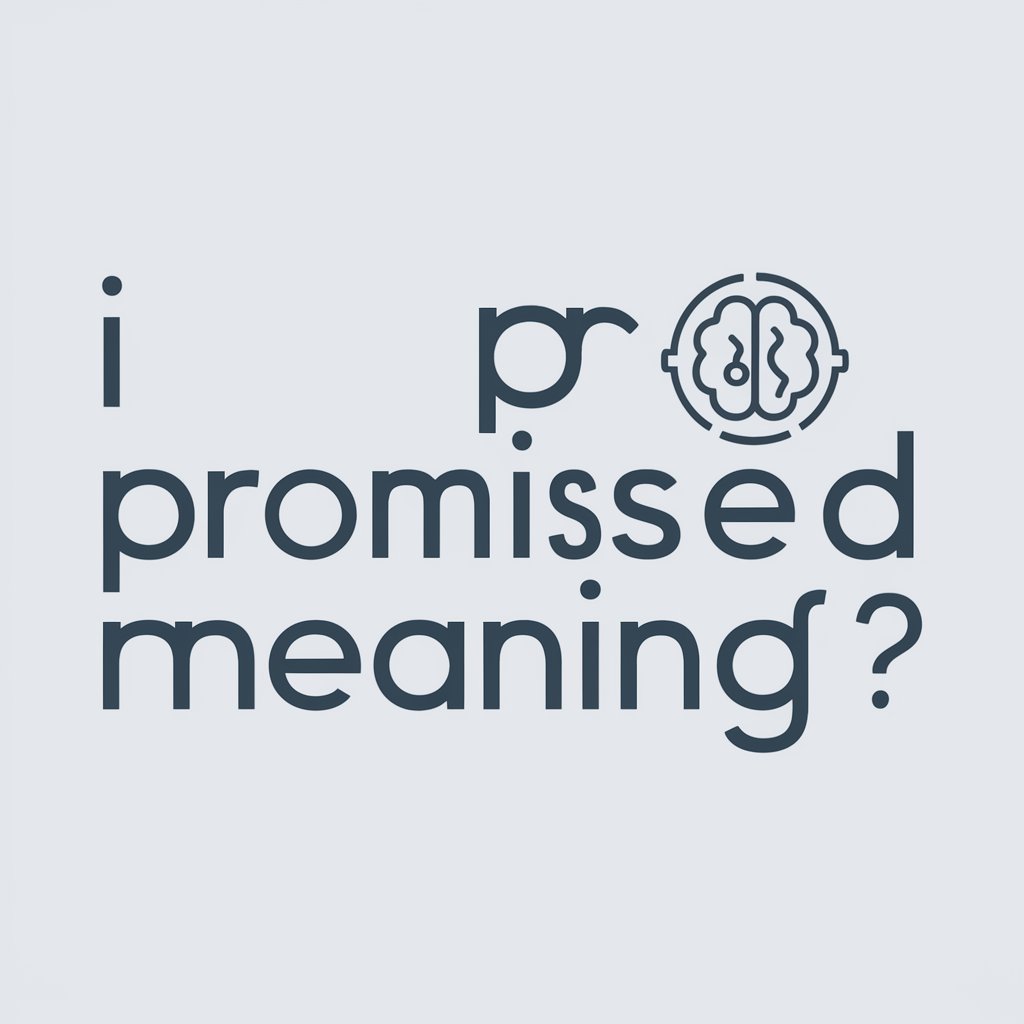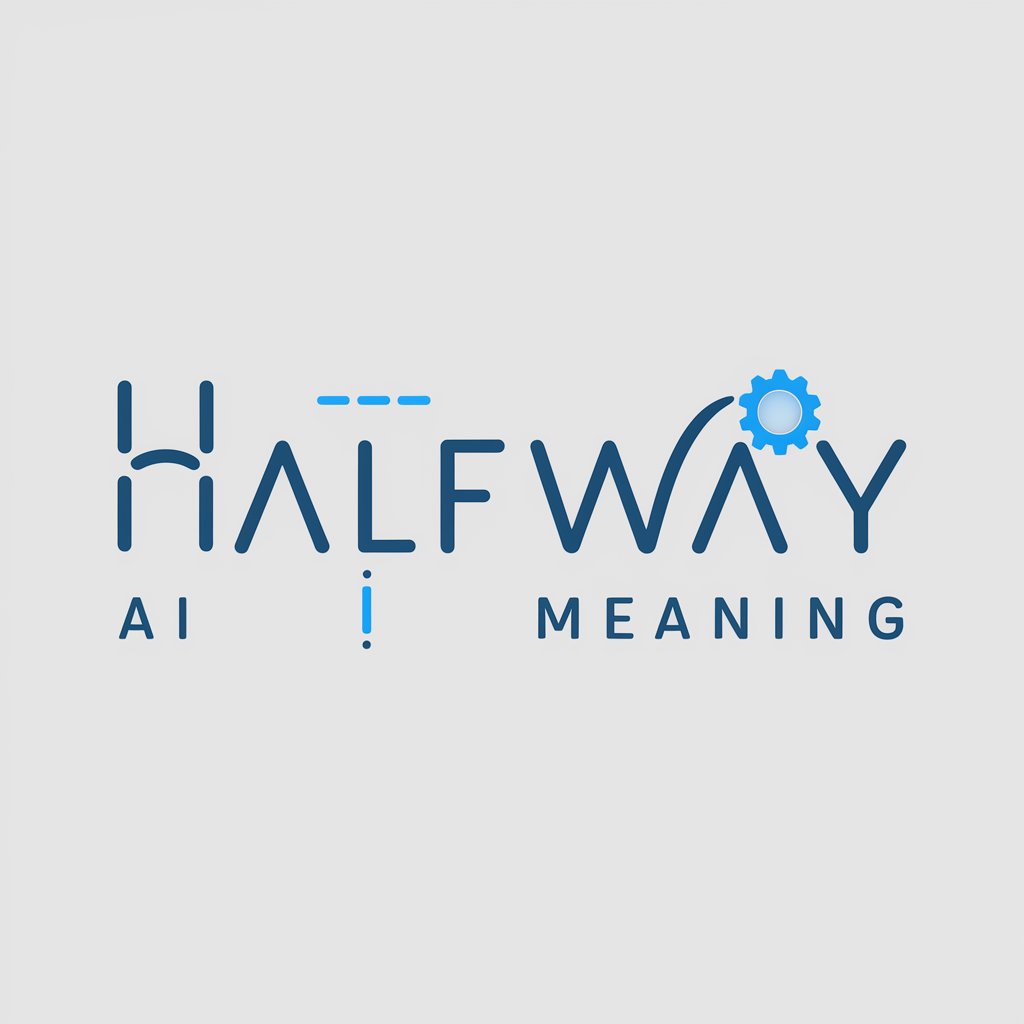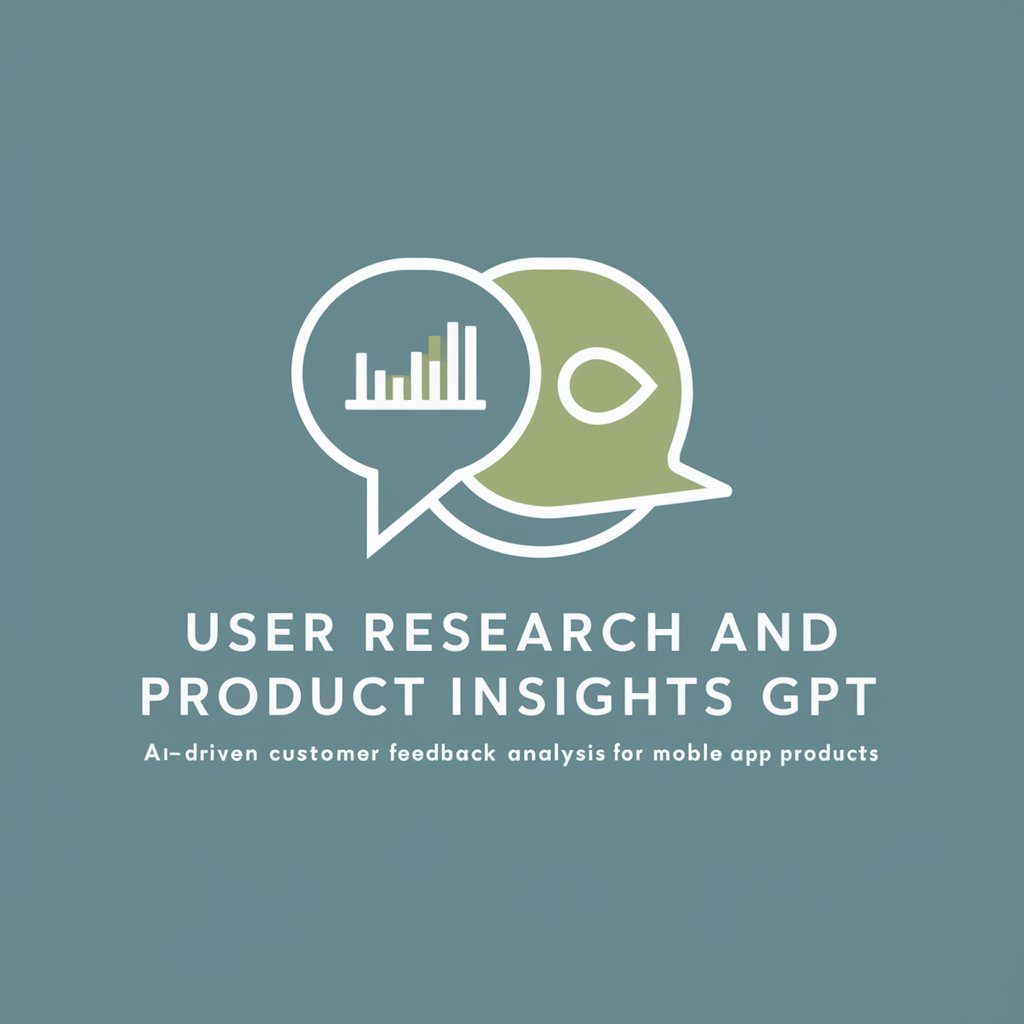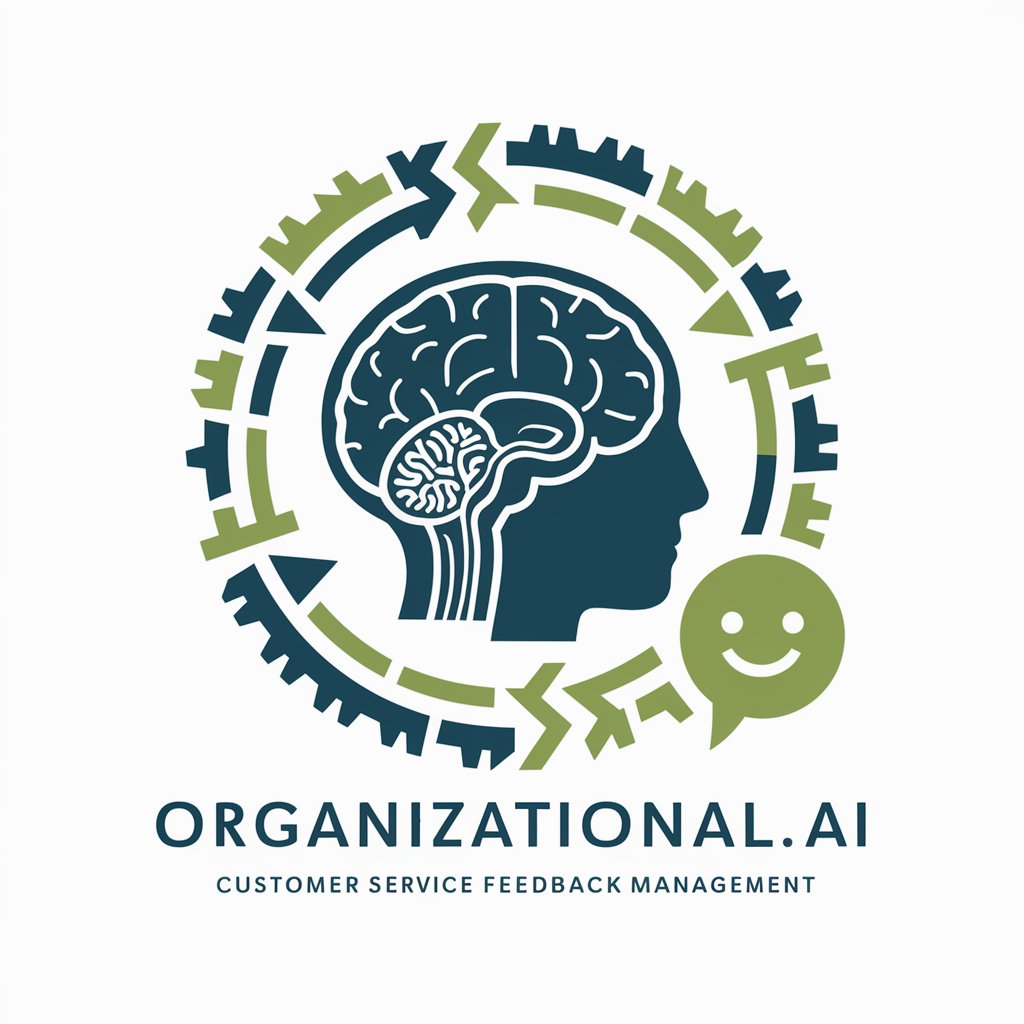
Customer Feedback Analysis - Customer Insight Extraction

Welcome! Let's dive into your customer feedback analysis.
Transform Feedback into Actionable Insights
Analyze customer feedback data to identify...
Summarize key trends in customer reviews...
Provide actionable insights from customer feedback on...
Identify areas for improvement based on customer sentiment...
Get Embed Code
Overview of Customer Feedback Analysis
Customer Feedback Analysis is a systematic approach designed to collect, analyze, and interpret the feedback provided by customers about a product, service, or overall experience. Its core purpose is to extract meaningful insights from customer feedback, enabling businesses to make informed decisions that enhance product quality, improve customer service, and foster innovation. This analysis involves examining sentiments, identifying recurring themes or patterns, and categorizing feedback into compliments, suggestions, and complaints. For example, a restaurant might use Customer Feedback Analysis to understand diners' opinions on their menu offerings, service speed, and ambiance. By analyzing online reviews and survey responses, the restaurant can identify that while customers love the food quality, they find the service slow during peak hours. This insight allows the restaurant to implement targeted improvements, such as increasing staff during busy times, to enhance the dining experience. Powered by ChatGPT-4o。

Core Functions of Customer Feedback Analysis
Sentiment Analysis
Example
Analyzing customer reviews to gauge overall satisfaction with a product.
Scenario
A software company uses sentiment analysis to understand user sentiment from app reviews. Positive sentiments highlight the app's user-friendly interface, while negative sentiments focus on frequent crashes. This enables targeted software updates to address stability issues.
Trend Identification
Example
Spotting emerging patterns in customer feedback over time.
Scenario
An online retailer identifies a trend of increasing complaints about delivery times during the holiday season through customer feedback analysis. They respond by improving their logistics planning and communication with customers about expected delivery delays during peak times.
Root Cause Analysis
Example
Determining the underlying reasons for customer complaints or suggestions.
Scenario
A hotel finds a recurring theme of dissatisfaction with room cleanliness. By conducting a root cause analysis, they discover that the issue lies in the inconsistent standards of their cleaning contractors. This insight leads to revising contractor training and monitoring processes.
Feedback Categorization
Example
Organizing feedback into categories such as compliments, suggestions, and complaints for easier analysis.
Scenario
A consumer electronics company categorizes feedback on their new smartphone. They find that compliments often relate to the camera quality, while complaints focus on battery life. This categorization helps prioritize battery life improvements in future models.
Who Benefits from Customer Feedback Analysis?
Business Owners and Managers
These users can directly apply insights from feedback analysis to improve operations, service quality, and customer satisfaction. Understanding customer needs and pain points helps them make strategic decisions that can lead to increased loyalty and revenue.
Product Developers and Designers
Feedback analysis provides these professionals with direct input from the end-users of their products, allowing them to identify features that are well-received and areas needing improvement. This can guide the development of future products or updates to existing ones, ensuring they meet customer expectations.
Marketing and Customer Service Teams
These teams use customer feedback to refine marketing strategies and improve customer support. Insights into customer preferences and issues enable them to tailor communications more effectively and address customer concerns more efficiently, enhancing the overall customer experience.
Market Researchers
Researchers benefit from the detailed insights into consumer behavior and preferences that feedback analysis provides. This information can inform broader market trends, helping businesses stay competitive and responsive to changing customer demands.

How to Use Customer Feedback Analysis
Start Your Free Trial
Initiate your journey by accessing yeschat.ai for a complimentary trial experience, without the need for signing up or subscribing to ChatGPT Plus.
Upload Feedback Data
Gather and upload your customer feedback data, including survey responses, online reviews, and support tickets, to start the analysis.
Define Objectives
Clarify your goals for the analysis, whether it's improving product quality, enhancing customer satisfaction, or identifying new opportunities.
Review Insights
Examine the generated insights, which categorize feedback into sentiments, themes, and types, to understand customer perspectives and needs.
Implement Changes
Use the insights to make informed decisions, addressing key customer concerns and enhancing your product or service offerings.
Try other advanced and practical GPTs
The Devil's Movin' In meaning?
Unlocking the Depths of Change and Challenge

I Promised meaning?
Deepen understanding with AI-powered insights

Wake Alone meaning?
Empowering creativity and learning with AI

Gutter Stomp meaning?
Empowering creativity and learning with AI

Mekong River Delta meaning?
Empowering creativity with AI

Ghost meaning?
Unlock Insights with AI

autoqu.AI.sar
Empower Your Ideas with AI

Garden meaning?
Unveil Deeper Meanings with AI

Toxic Nostalgia meaning?
Unraveling the Complexity of Nostalgia with AI

Halfway meaning?
Elevate Your Text with AI

Lonely Boy Attire meaning?
Ignite Creativity, Simplify Solutions

機人番翻譯專家
AI-powered Japanese to Traditional Chinese Translator for Anime and Manga Enthusiasts.

Customer Feedback Analysis FAQs
What is Customer Feedback Analysis?
Customer Feedback Analysis involves examining customer feedback to derive insights, identify trends, and suggest improvements for products or services.
How can it help my business?
It provides actionable insights to improve customer satisfaction, refine products, and strategically address customer needs and complaints.
What type of feedback can I analyze?
You can analyze a wide range of feedback, including survey responses, online reviews, social media comments, and support ticket logs.
How does AI enhance Customer Feedback Analysis?
AI algorithms can efficiently process large volumes of data, identify patterns and sentiments, and provide in-depth analysis much faster than manual methods.
Can I track changes over time?
Yes, by consistently analyzing feedback over time, you can track changes in customer sentiment and the effectiveness of your improvements.





